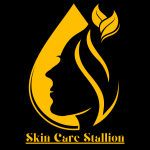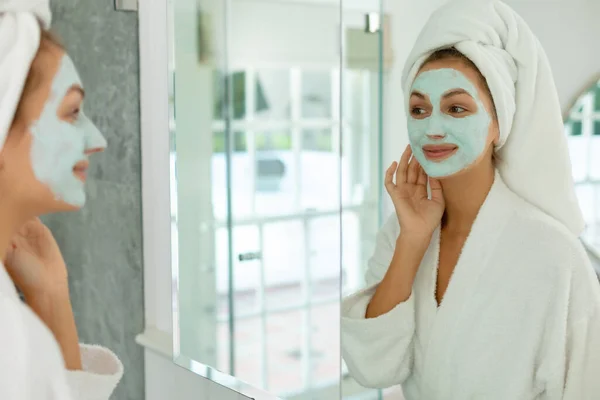“Transform your skin with our comprehensive AM and PM skincare routine, tailored to address your skin’s unique needs around the clock.”
A well-rounded skincare routine can be your skin’s best friend, offering protection and nourishment at every turn of the clock. The AM and PM skincare routines are designed to work in harmony with your skin’s natural rhythms, giving you that coveted glow both day and night.
Whether you’re a skincare novice or a seasoned enthusiast, understanding the differences between morning and evening care can transform your skin health. Let’s dive into the essentials of AM and PM skincare routines, uncovering how each step plays a crucial role in maintaining radiant, healthy skin around the clock.
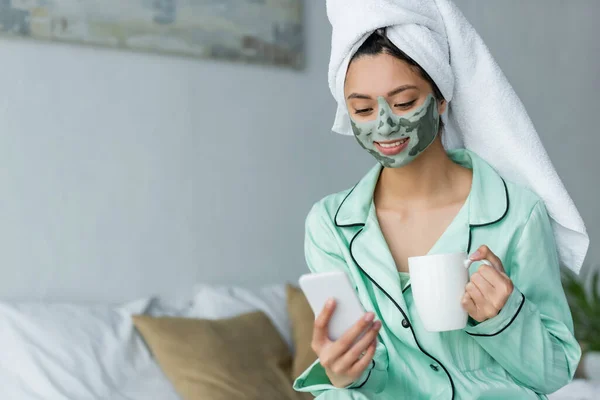
Am And Pm Skincare Routine
The Essential Guide
For radiant skin, a well-structured AM and PM skincare routine is crucial. In the morning, focus on protection and hydration, while at night, prioritize repair and rejuvenation.
Use gentle cleansers, antioxidants, moisturizers, and sunscreens during the day, and indulge in deeper treatments like serums and masks at night. Consistency is key for glowing, healthy skin.
Morning Skincare Routine: Protect and Hydrate
Start your AM skincare routine by cleansing your face to remove any overnight build-up. Follow with a hydrating toner or essence to prep your skin for better absorption of products. Incorporate an antioxidant serum, such as vitamin C, to protect against environmental damage and brighten your complexion.
Don’t forget to apply a broad-spectrum sunscreen with at least SPF 30 to shield your skin from harmful UV rays, which can cause premature aging and pigmentation.
Opt for a lightweight moisturizer to lock in hydration without feeling greasy. Many people also enjoy using eye creams in the morning to reduce puffiness and dark circles.
Evening Skincare Routine: Repair and Rejuvenate
In the evening, your PM skincare routine should focus on repairing the day’s damage and preparing your skin for regeneration. Begin with a thorough double cleanse, using an oil-based cleanser followed by a water-based one to ensure all makeup and impurities are removed.
Apply a gentle exfoliant 2-3 times a week to slough off dead skin cells and reveal a brighter, smoother complexion. Next, use a targeted serum, like retinol or hyaluronic acid, to address specific concerns such as wrinkles, fine lines, or dehydration.
Finish with a rich moisturizer or night cream to nourish and repair your skin overnight. Incorporating a hydrating or nourishing mask once a week can also enhance your skincare routine, providing an extra boost of moisture and nutrients.

AM Skincare Routine
Cleansing
Purpose
Cleansing removes overnight sweat, oil, and impurities, leaving your skin refreshed.
Types of Cleansers
Choose the right cleanser for your skin type:
Gel Cleansers
Ideal for oily or acne-prone skin. These provide a deep cleanse without stripping moisture.
Cream Cleansers
Perfect for dry or sensitive skin. They gently clean while nourishing the skin.
Foam Cleansers
Suitable for combination skin, offering a light, airy texture that cleanses thoroughly.
Micellar Water
Great for all skin types, especially sensitive. It removes makeup and dirt with minimal irritation.
Toning
Purpose
Toners balance skin pH and prepare it for the next steps in your routine.
Types of Toners
Hydrating Toners
Provide moisture and soothe the skin.
Exfoliating Toners
Contain acids like glycolic or salicylic to gently exfoliate and refine texture.
Astringent Toners
Help to tighten pores and control oil, perfect for oily skin.
Serums
Purpose
Serums deliver targeted treatment for specific skin concerns.
Common AM Serums
Vitamin C Serums
Offer antioxidant protection and brighten the complexion.
Hyaluronic Acid Serums
Attract moisture and hydrate the skin deeply.
Niacinamide Serums
Reduce redness, brighten skin, and combat inflammation.
Eye Cream
Purpose
Eye creams address under-eye issues like puffiness, dark circles, and fine lines.
Key Ingredients
Caffeine
Reduces puffiness and tightens the skin.
Peptides
Promote firmness and elasticity.
Vitamin C
Brightens the under-eye area and fights free radicals.
Moisturizing
Purpose
Moisturizers hydrate and lock in moisture, essential for all skin types.
Types of Moisturizers
Gel Moisturizers
Best for oily or combination skin, offering hydration without heaviness.
Cream Moisturizers
Ideal for dry or normal skin, providing rich hydration.
Lotion Moisturizers
Suitable for sensitive skin, offering lightweight, soothing hydration.
Sun Protection
Purpose
Protect your skin from harmful UV rays to prevent premature aging and skin cancer.
Types of Sunscreens
Chemical Sunscreens
Absorb UV rays and convert them into heat.
Physical (Mineral) Sunscreens
Reflect UV rays, often containing zinc oxide or titanium dioxide.
Broad-Spectrum Protection
Shields against both UVA and UVB rays.
SPF Recommendation
Use at least SPF 30 for daily protection.
Application Tips
Apply a generous amount evenly over the skin and reapply every two hours, especially after sweating or swimming.
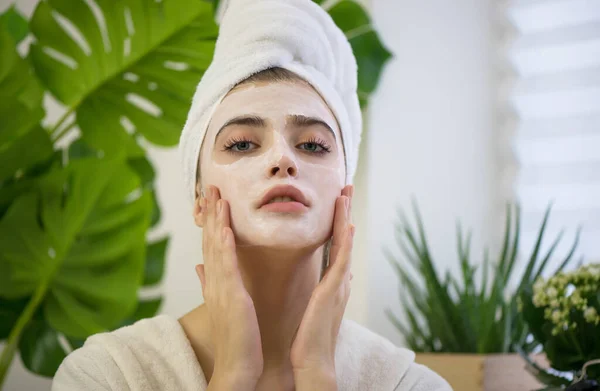
PM Skincare Routine
Cleansing
Purpose
Cleansing removes overnight sweat, oil, and impurities, leaving your skin refreshed.
Types of Cleansers
Choose the right cleanser for your skin type:
Gel Cleansers
Ideal for oily or acne-prone skin. These provide a deep cleanse without stripping moisture.
Cream Cleansers
Perfect for dry or sensitive skin. They gently clean while nourishing the skin.
Foam Cleansers
Suitable for combination skin, offering a light, airy texture that cleanses thoroughly.
Micellar Water
Great for all skin types, especially sensitive. It removes makeup and dirt with minimal irritation.
Toning
Purpose
Toners balance skin pH and prepare it for the next steps in your routine.
Types of Toners
Hydrating Toners
Provide moisture and soothe the skin.
Exfoliating Toners
Contain acids like glycolic or salicylic to gently exfoliate and refine texture.
Astringent Toners
Help to tighten pores and control oil, perfect for oily skin.
Serums
Purpose
Serums deliver targeted treatment for specific skin concerns.
Common AM Serums
Vitamin C Serums
Offer antioxidant protection and brighten the complexion.
Hyaluronic Acid Serums
Attract moisture and hydrate the skin deeply.
Niacinamide Serums
Reduce redness, brighten skin, and combat inflammation.
Eye Cream
Purpose
Eye creams address under-eye issues like puffiness, dark circles, and fine lines.
Key Ingredients
Caffeine
Reduces puffiness and tightens the skin.
Peptides
Promote firmness and elasticity.
Vitamin C
Brightens the under-eye area and fights free radicals.
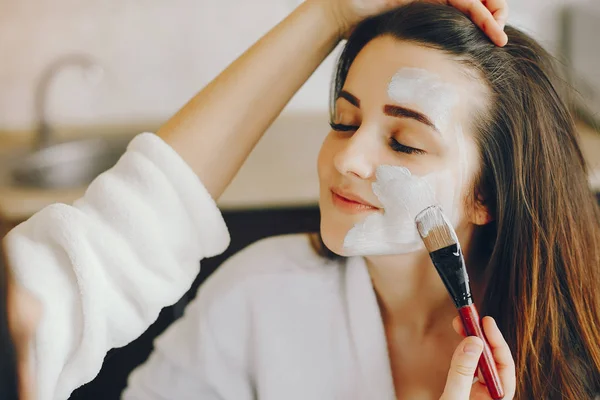
Common Mistakes and How to Avoid Them
Serums
Purpose
Serums deliver targeted treatment for specific skin concerns.
Common AM Serums
Vitamin C Serums
Offer antioxidant protection and brighten the complexion.
Hyaluronic Acid Serums
Attract moisture and hydrate the skin deeply.
Niacinamide Serums
Reduce redness, brighten skin, and combat inflammation.
Eye Cream
Purpose
Eye creams address under-eye issues like puffiness, dark circles, and fine lines.
Key Ingredients
Caffeine
Reduces puffiness and tightens the skin.
Peptides
Promote firmness and elasticity.
Vitamin C
Brightens the under-eye area and fights free radicals.
Moisturizing
Purpose
Moisturizers hydrate and lock in moisture, essential for all skin types.
Types of Moisturizers
Gel Moisturizers
Best for oily or combination skin, offering hydration without heaviness.
Cream Moisturizers
Ideal for dry or normal skin, providing rich hydration.
Lotion Moisturizers
Suitable for sensitive skin, offering lightweight, soothing hydration.
Sun Protection
Purpose
Protect your skin from harmful UV rays to prevent premature aging and skin cancer.
Types of Sunscreens
Chemical Sunscreens
Absorb UV rays and convert them into heat.
Physical (Mineral) Sunscreens
Reflect UV rays, often containing zinc oxide or titanium dioxide.
Broad-Spectrum Protection
Shields against both UVA and UVB rays.
SPF Recommendation
Use at least SPF 30 for daily protection.
Application Tips
Apply a generous amount evenly over the skin and reapply every two hours, especially after sweating or swimming.
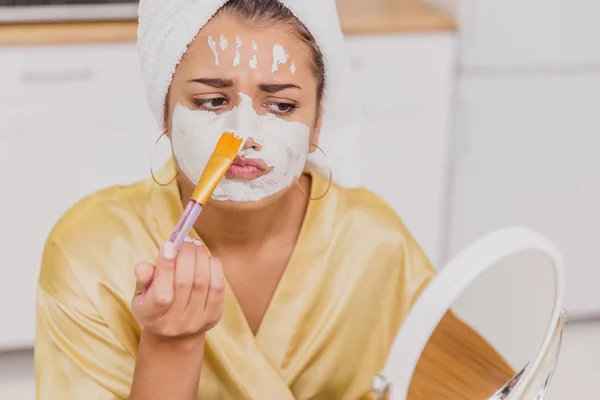
FAQs
What is the difference between AM and PM skincare routines?
AM (morning) and PM (evening) skincare routines serve different purposes. The AM routine focuses on protection from environmental factors like UV rays and pollution, using products like sunscreen and antioxidants.
The PM routine is geared towards recovery and repair, often including more intensive treatments like retinoids and moisturizing creams to aid skin regeneration overnight.
Can I use the same products for both AM and PM routines?
While some products, such as cleansers and moisturizers, can be used in both routines, others are formulated specifically for day or night use. For example, sunscreen is essential during the day, while retinoids or heavier moisturizers are better suited for nighttime to prevent sun sensitivity and promote deeper skin repair.
How should I layer my skincare products in the morning?
In the morning, start with a gentle cleanser, followed by toner (if used), then apply serums (such as vitamin C for antioxidant protection). After serums, use a moisturizer and finish with a broad-spectrum sunscreen. Remember the rule of applying products from the thinnest to the thickest consistency.
Is sunscreen necessary in the AM routine even if I stay indoors?
Yes, sunscreen is crucial even if you’re indoors, as UVA rays can penetrate windows and still cause skin damage. It’s recommended to use a broad-spectrum sunscreen with at least SPF 30 daily, regardless of your location.
What ingredients should I look for in an AM routine?
In the AM, look for antioxidants like vitamin C or E to protect against free radicals, hyaluronic acid for hydration, and niacinamide for brightening and soothing. Sunscreen is non-negotiable as the final step.
What ingredients are best for a PM skincare routine?
At night, consider using products with retinoids for cell turnover, peptides for anti-aging, and hydrating ingredients like hyaluronic acid or ceramides. A good night cream can provide additional moisture, especially if you’re using active ingredients that may be drying.
How can I avoid irritation when introducing new products?
Start by patch testing new products on a small area of skin and gradually introducing them into your routine. Use new active ingredients like retinoids or acids every other night or a few times a week, increasing frequency as your skin builds tolerance. Always follow up with a good moisturizer to keep the skin barrier healthy.
Do I need to cleanse my face in the morning if I cleansed it at night?
Yes, cleansing in the morning helps remove any excess oils, sweat, and residue from nighttime products. It preps your skin for the absorption of your morning skincare products.
How can I tailor my skincare routine for specific skin concerns?
Identify your skin type (dry, oily, combination, sensitive) and specific concerns (acne, aging, hyperpigmentation). Choose products formulated to address these issues, such as salicylic acid for acne or niacinamide for redness. It’s also helpful to consult with a dermatologist for personalized recommendations.
Can I skip any steps in my skincare routine?
While some steps like toning or using multiple serums can be optional based on individual preferences and skin needs, cleansing and moisturizing are essential. Sunscreen is crucial in the morning routine to protect against sun damage.
Conclusion
In conclusion, maintaining distinct AM and PM skincare routines is essential for achieving and preserving healthy skin. The morning routine focuses on protection, hydration, and preparation for environmental exposure, often incorporating sunscreen and antioxidants to defend against UV rays and pollution.
The evening routine, on the other hand, emphasizes cleansing, repair, and nourishment, targeting the day’s accumulated impurities and promoting skin regeneration during sleep.
By tailoring these routines to individual skin types and concerns, one can optimize the benefits of skincare products, ensuring a radiant and resilient complexion both day and night.
